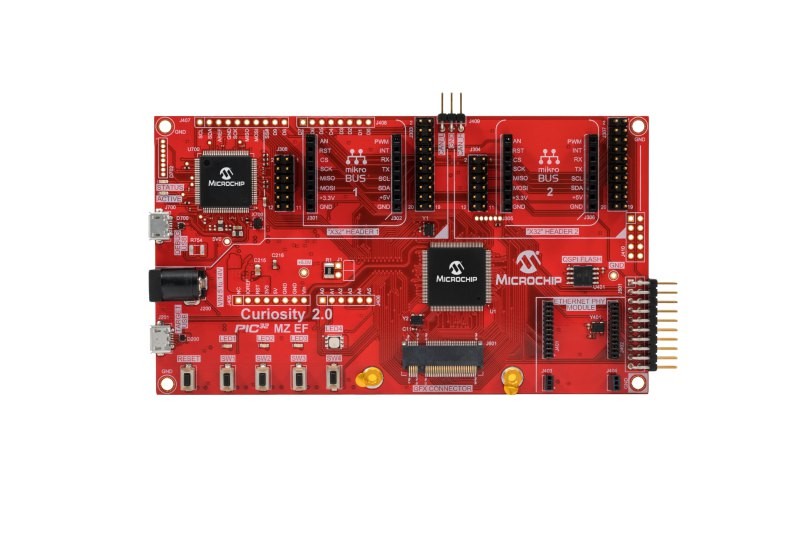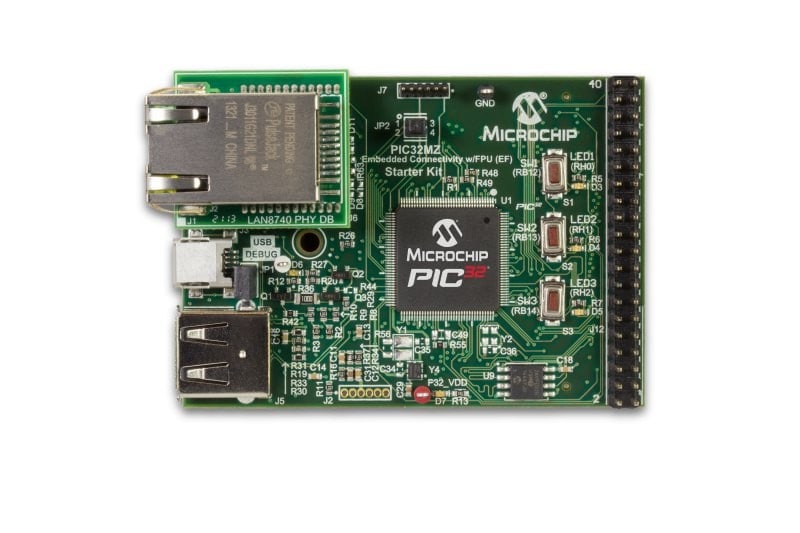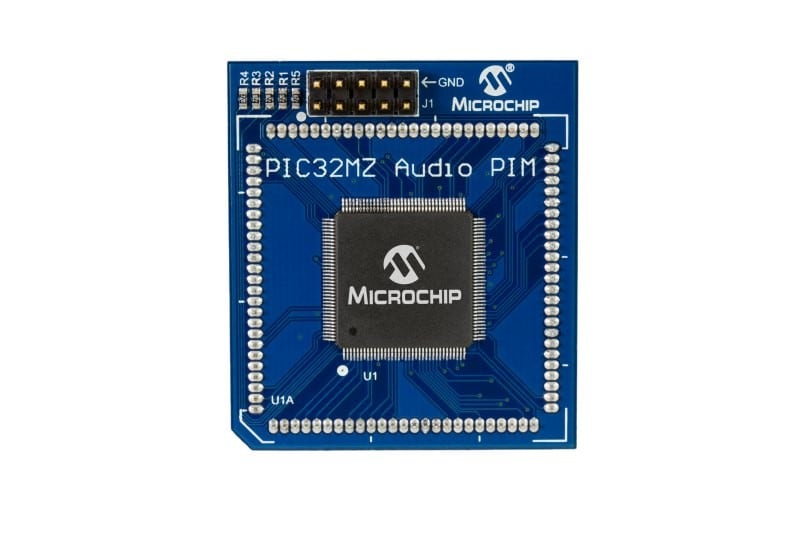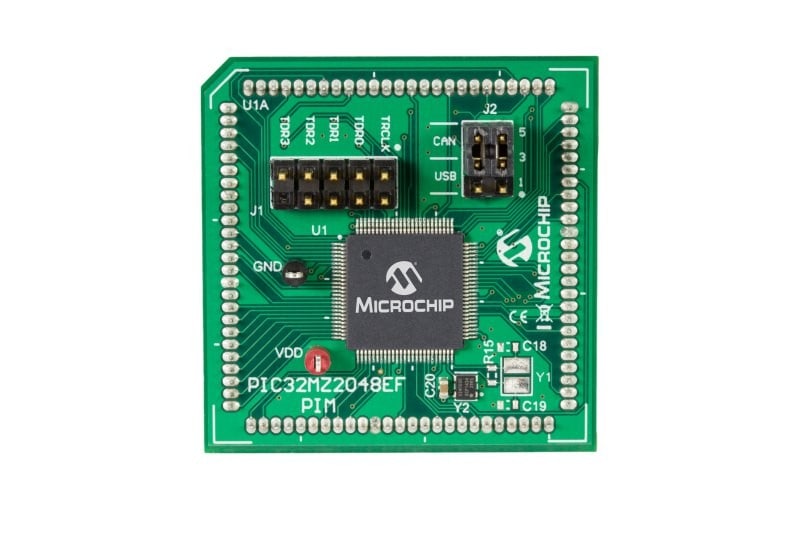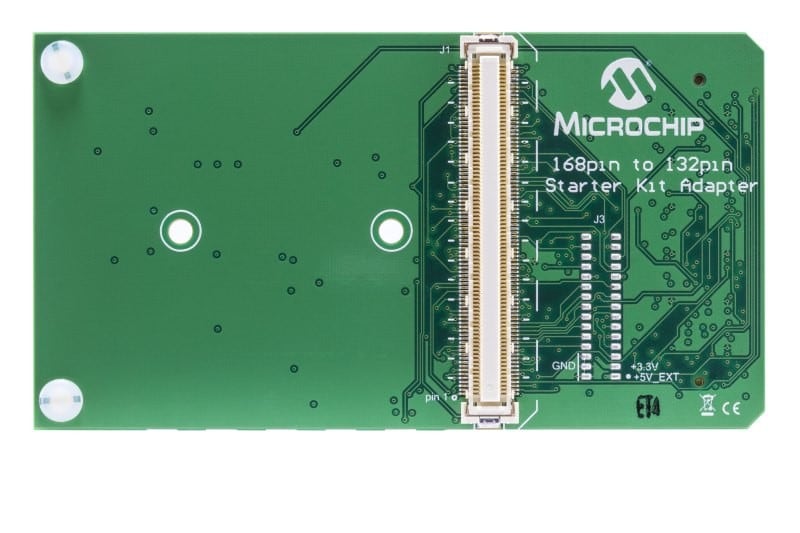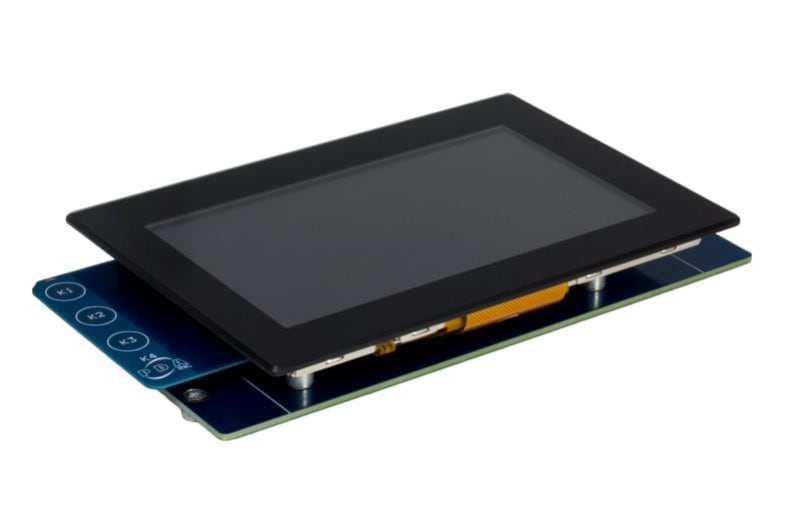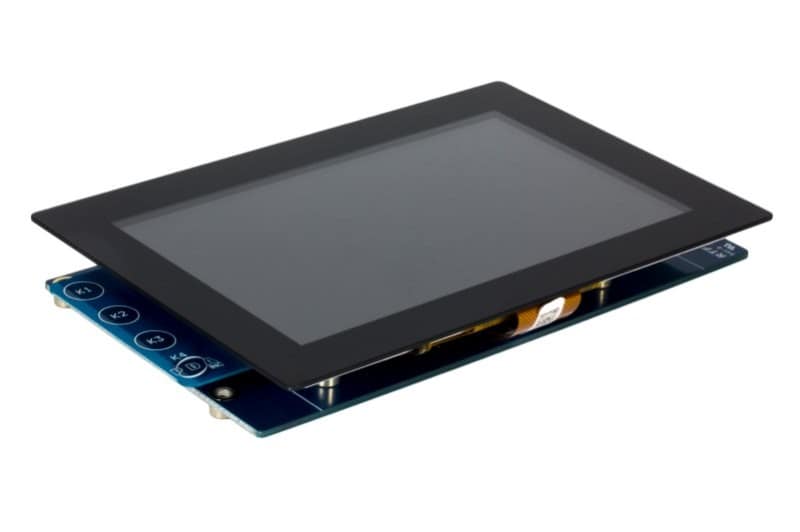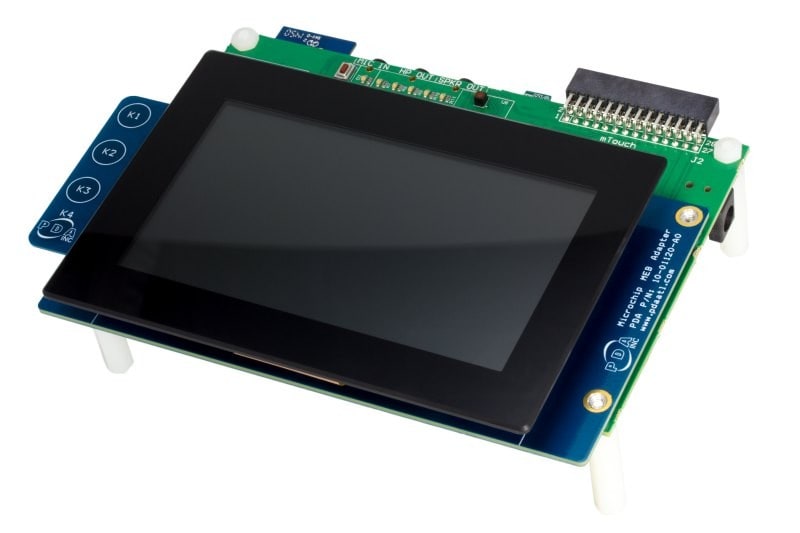Highest-Performance PIC32 Microcontrollers
Key Features
- 252 MHz/415 DMIPS performance
- Up to 2 MB dual-panel live update Flash and 512 KB RAM
- Excellent connectivity options (Hi-Speed USB, CAN, and 10/100 Ethernet)
- Integrated double-precision FPU accelerating performance in process-intensive applications
- Optional full-featured hardware crypto accelerator
- Rich peripheral set
- Extended temperature and AECQ-100 Grade 1 qualification
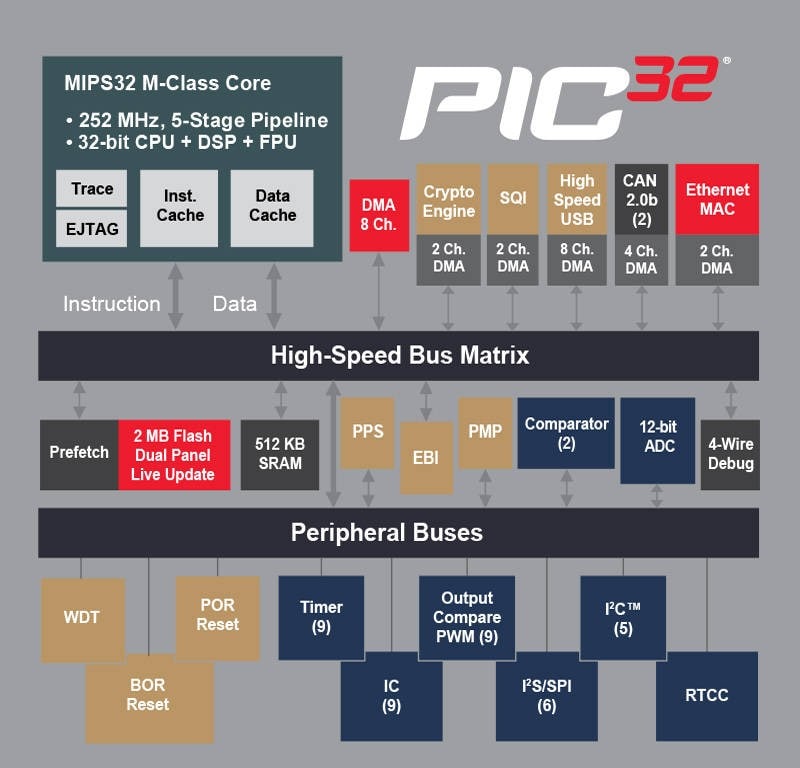
- Tools
- Software
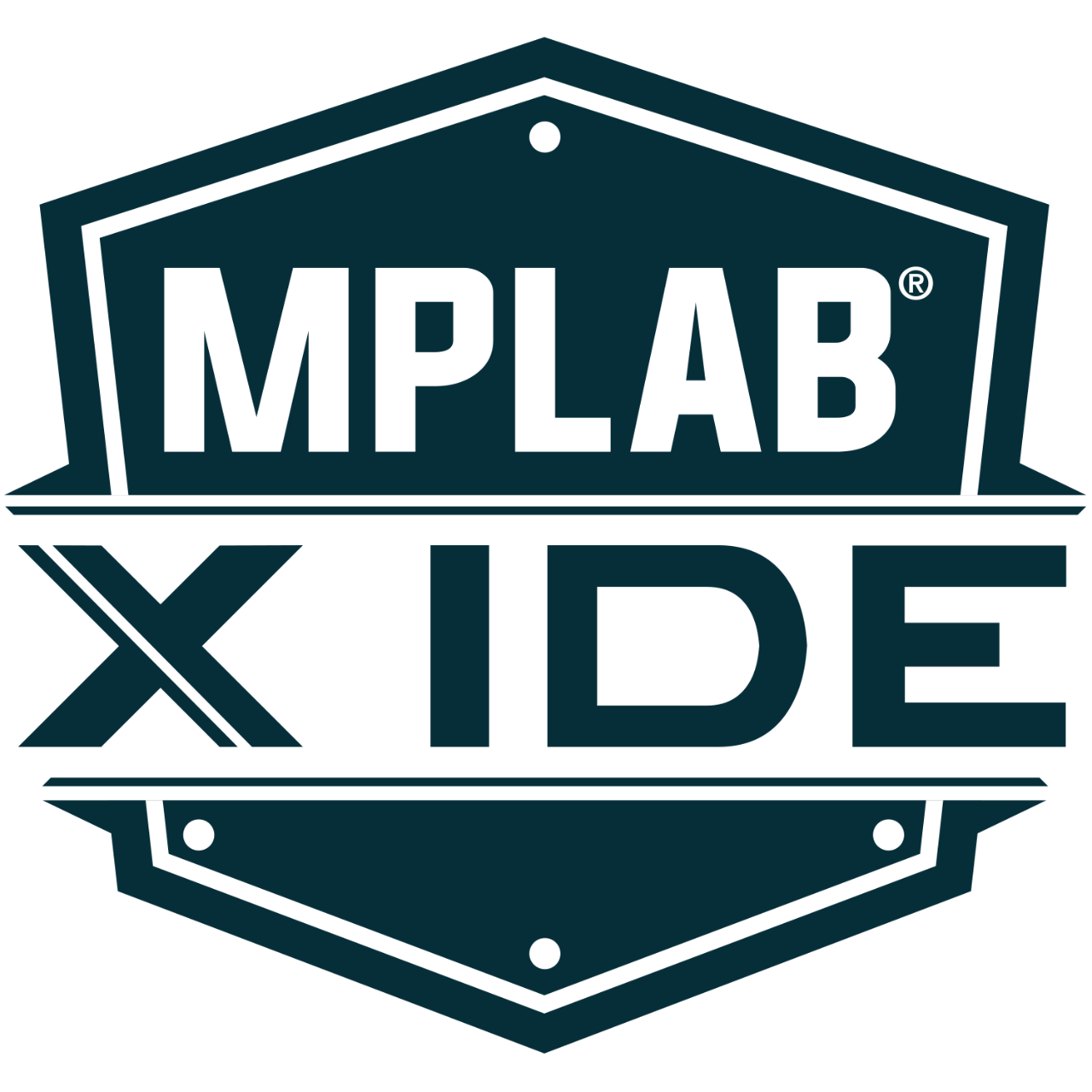
MPLAB® X Integrated Development Environment (IDE)
MPLAB X Integrated Development Environment (IDE) is an expandable, highly configurable software program that incorporates powerful tools to help you discover, configure, develop, debug and qualify embedded designs for most of Microchip’s microcontrollers and digital signal controllers. MPLAB X IDE works seamlessly with the MPLAB development ecosystem of software and tools, many of which are completely free.
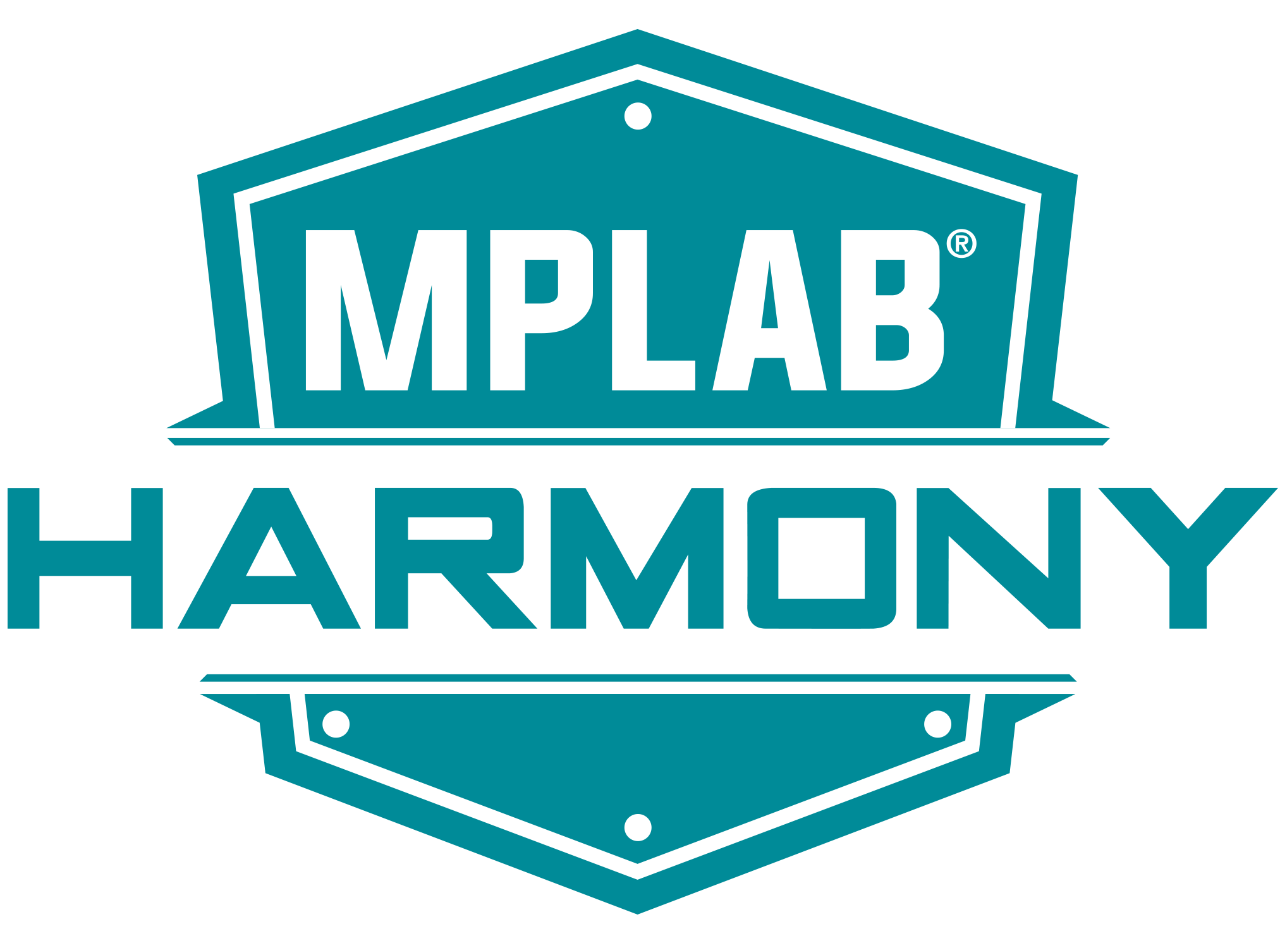
MPLAB® Harmony v3 Software Framework
MPLAB Harmony v3 is a flexible, fully integrated embedded software development framework for 32-bit microcontrollers (MCUs). It enables robust framework development of interoperable RTOS-friendly libraries with quick and extensive Microchip support for third-party software integration. MPLAB Harmony includes a set of peripheral libraries, drivers and system services that are readily accessible for application development. The code development format allows for maximum re-use and reduces time to market.
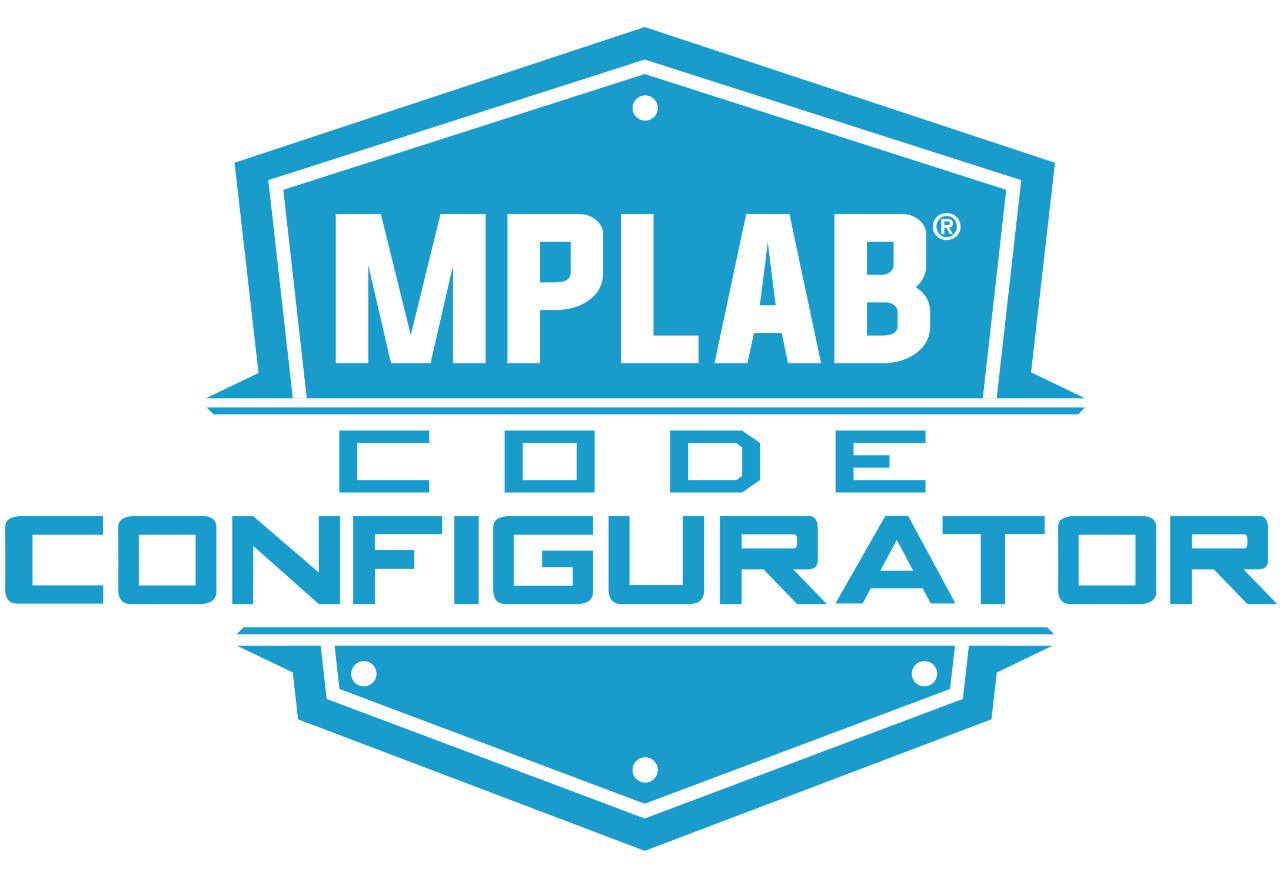
MPLAB® Code Configurator
MPLAB® Code Configurator (MCC) is a free, graphical programming environment that generates seamless, easy-to-understand C code to be inserted into your project. Using an intuitive interface, it enables and configures a rich set of peripherals and functions specific to your application.
For more information visit: MPLAB Code Configurator page.
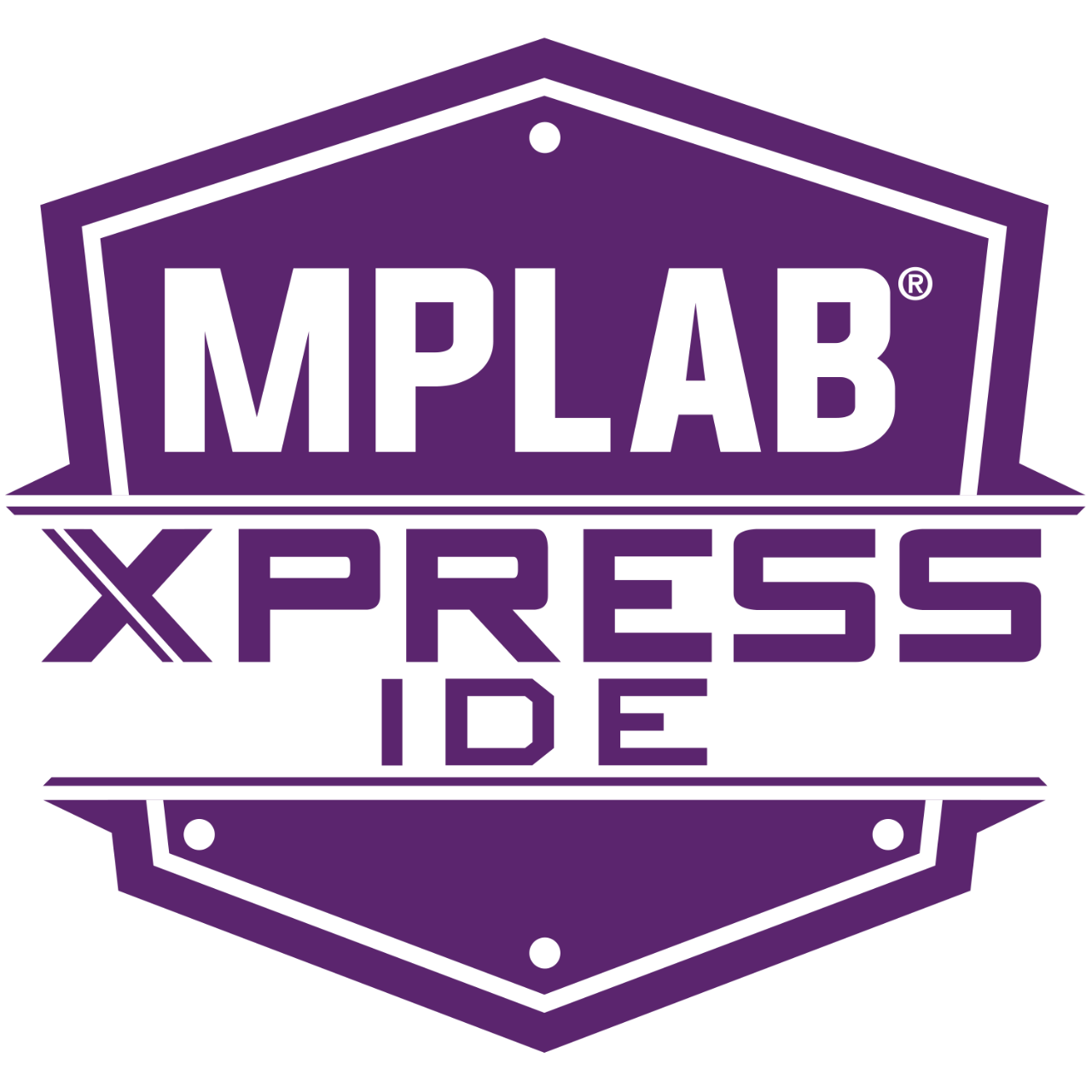
MPLAB® Xpress Cloud-based IDE
MPLAB® Xpress Cloud-Based IDE is an online development environment that contains the most popular features of our award-winning MPLAB X IDE. This simplified & distilled application is a faithful reproduction of our desktop-based program, which allows users to easily transition between the two environments.
|
Document Category
Title
Date
|
Errata
27 Nov 2023
|
|
Document Category
Title
Date
|
Brochures
28 Feb 2023
|
|
Document Category
Title
Date
|
Brochures
23 Jun 2023
|
|
Document Category
Title
Date
|
Brochures
17 Mar 2025
|
|
Document Category
Title
Date
|
Design Checklist
23 Jun 2022
|
|
Document Category
Title
Date
|
Application Notes
08 Nov 2017
|
|
Document Category
Title
Date
|
Legacy Collaterals
10 Jan 2018
|
|
Document Category
Title
Date
|
Application Notes
28 Aug 2018
|
|
Document Category
Title
Date
|
Application Notes
28 Aug 2018
|
|
Document Category
Title
Date
|
Tech Brief
28 Oct 2020
|
|
Document Category
Title
Date
|
Tech Brief
22 Jan 2024
|
|
Document Category
Title
Date
|
Tech Brief
06 Jan 2023
|
- Application Notes
- Brochures
- Data Sheets
- Errata
- Product Documents
- Technical Briefs
|
Title
|
|
|---|---|
| Creating a Multi-LUN USB Mass Storage Class Device Using the MPLAB® Harmony USB Device Stack Application Note | Download |
| Transferring Weather Data to a Smart Device BLE Client Using a Curiosity Develop - Transferring Weather Data to a Smart Device BLE Client Using a Curiosity Development Board Application Note | Download |
| World's Fastest Embedded Interleaved 12-bit ADC Using PIC32MZ and PIC32MK Families | Download |
| EMI, EMC, EFT, and ESD Circuit Design Consideration for 32-bit Microcontrollers Application Note | Download |
| Live Update Application on PIC32MZ MCUs Using MPLAB Harmony v3 | Download |
| MPLAB Harmony v3 Project Migration | Download |
|
Title
|
|
|---|---|
| PIC32MZ Embedded Connectivity with Floating Point Unit (EF) Family Data Sheet | Download |
|
Title
|
|
|---|---|
| PIC32MZ Embedded Connectivity with Floating Point Unit (EF) Family Silicon Errata and Data Sheet Clarification | Download |
|
Title
|
|
|---|---|
| Basic 32-Bit MCU Design and Troubleshooting Checklist | Download |
Microchip Bootloaders
Bootloaders are used to upgrade firmware on a target device without using an external programmer or debugger. Commonly used with microcontrollers (MCUs), a bootloader contains code that loads and executes an application program. Bootloaders can also perform additional tasks such as validating the code integrity and authenticity.

PIC32MZ Videos Playlist
Designed for complex applications, the PIC32MZ EF (MZEF) series offers high-performance microcontrollers (MCUs) with speeds up to 252 MHz and 415 DMIPS. Featuring up to 2 MB of dual-panel Flash memory and 512 KB of RAM, they provide excellent connectivity options such as Hi-Speed USB, CAN and 10/100 Ethernet. With an integrated double-precision FPU and an optional hardware crypto accelerator, the MZEF devices excel in process-intensive applications. Fully supported by the MPLAB® Harmony framework, these devices enable rapid development while meeting extended temperature and AECQ-100 Grade 1 qualification standards.
